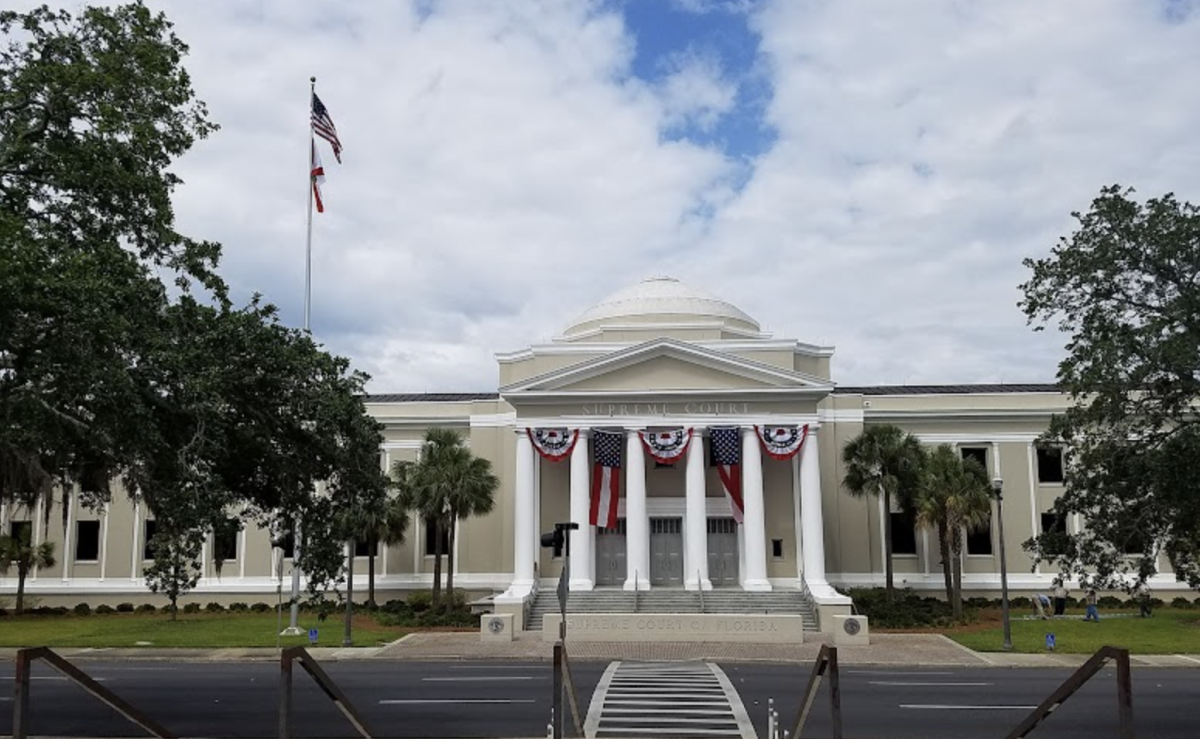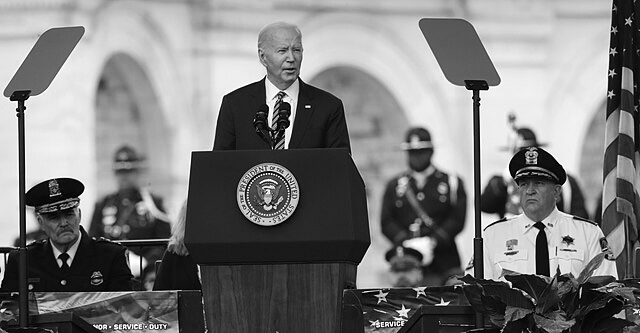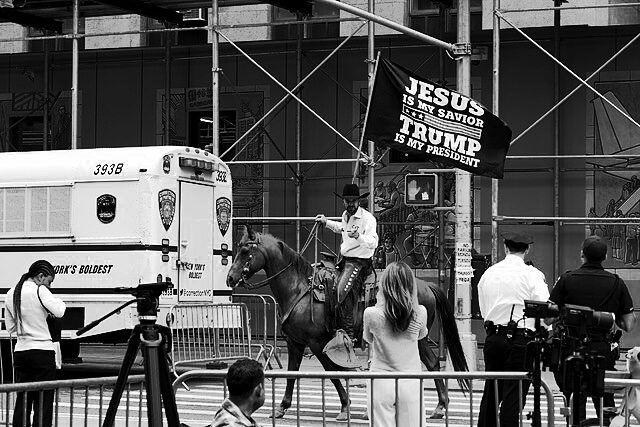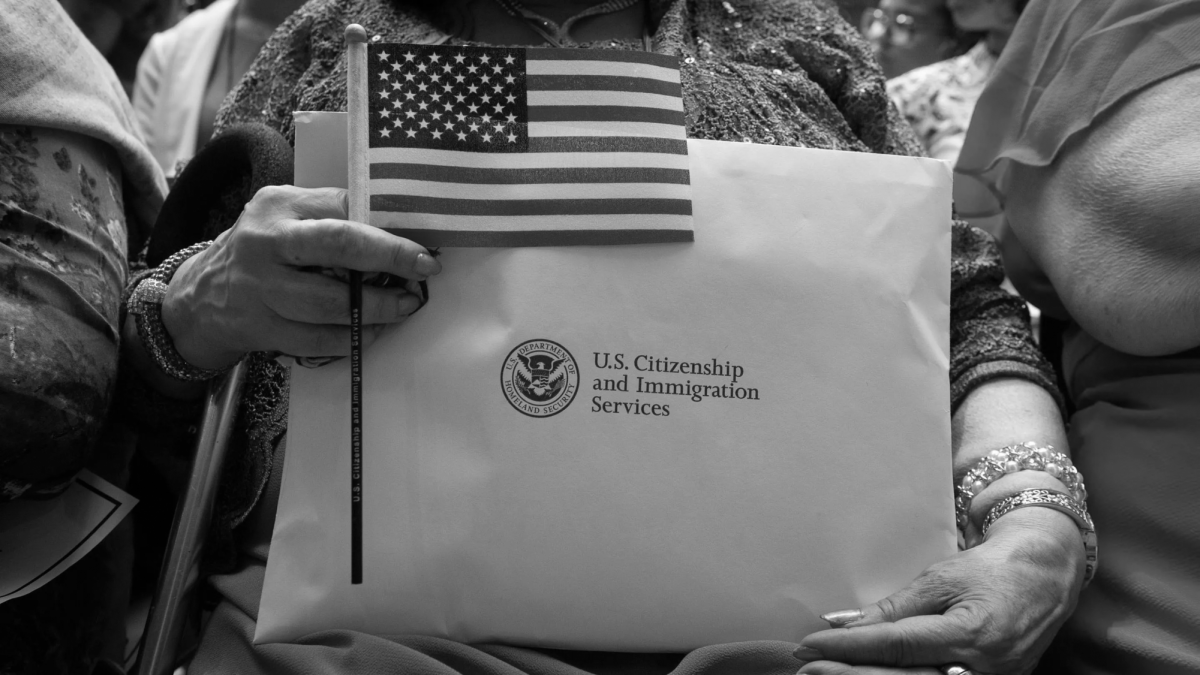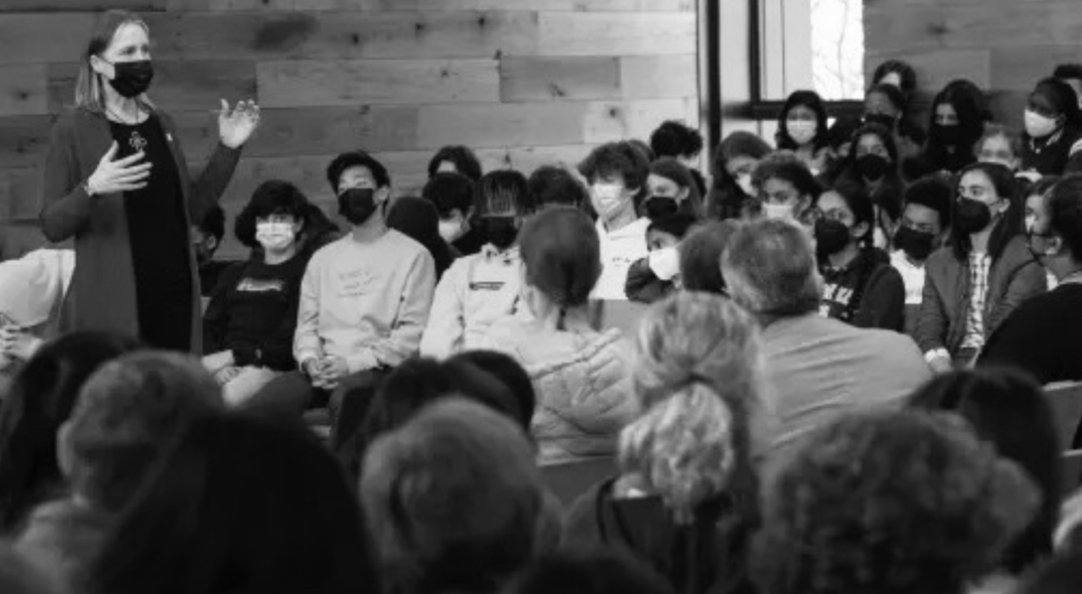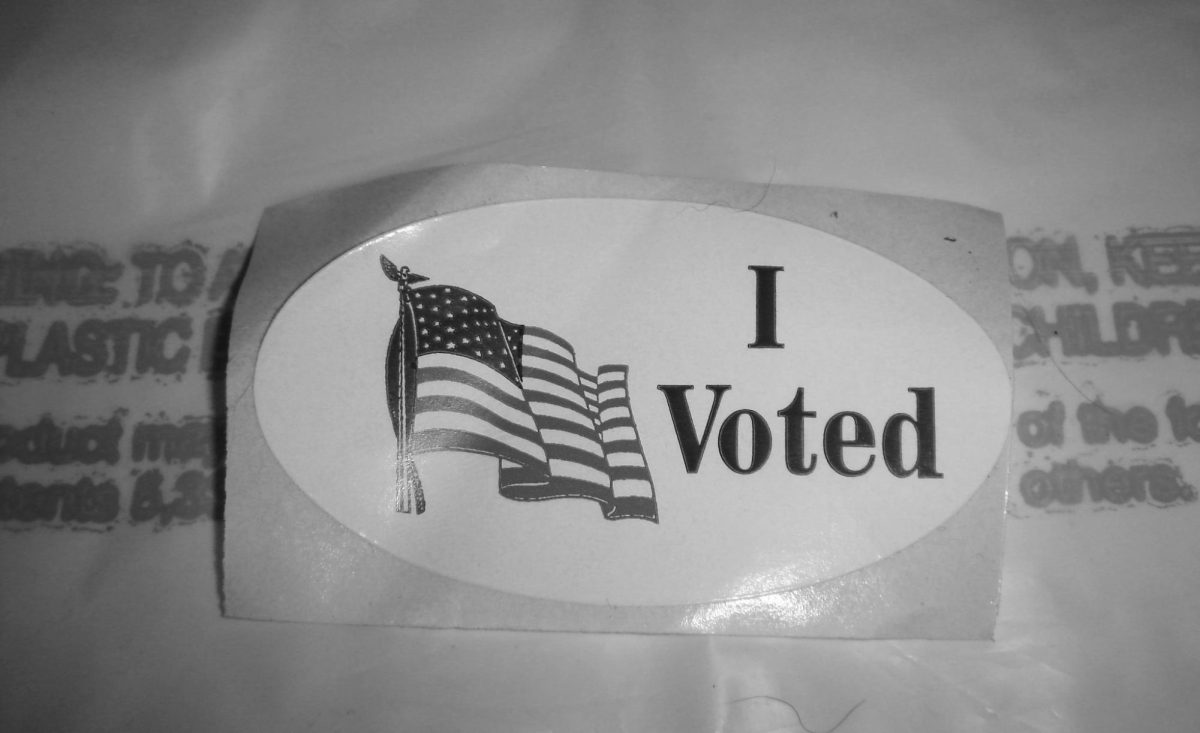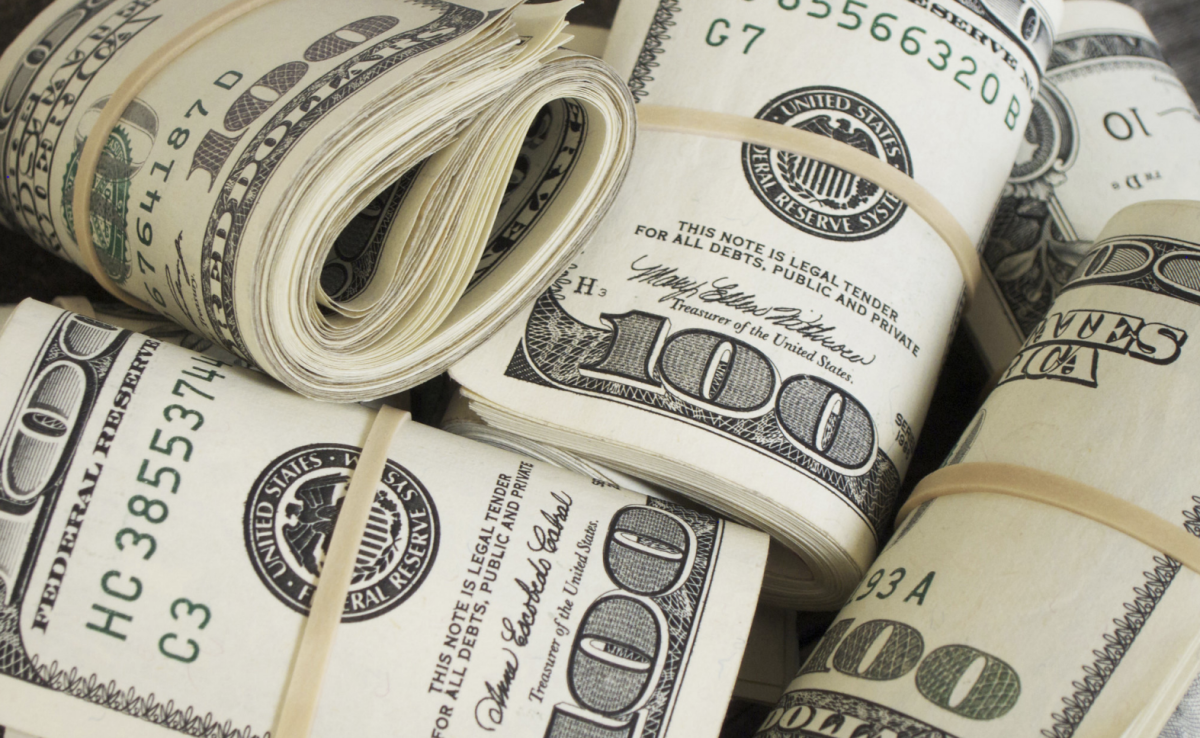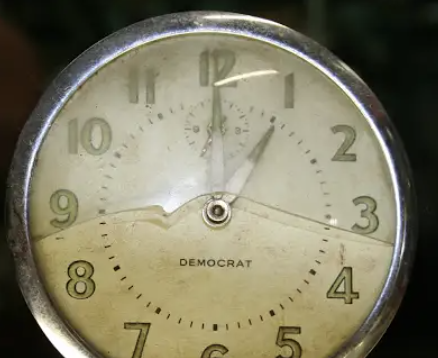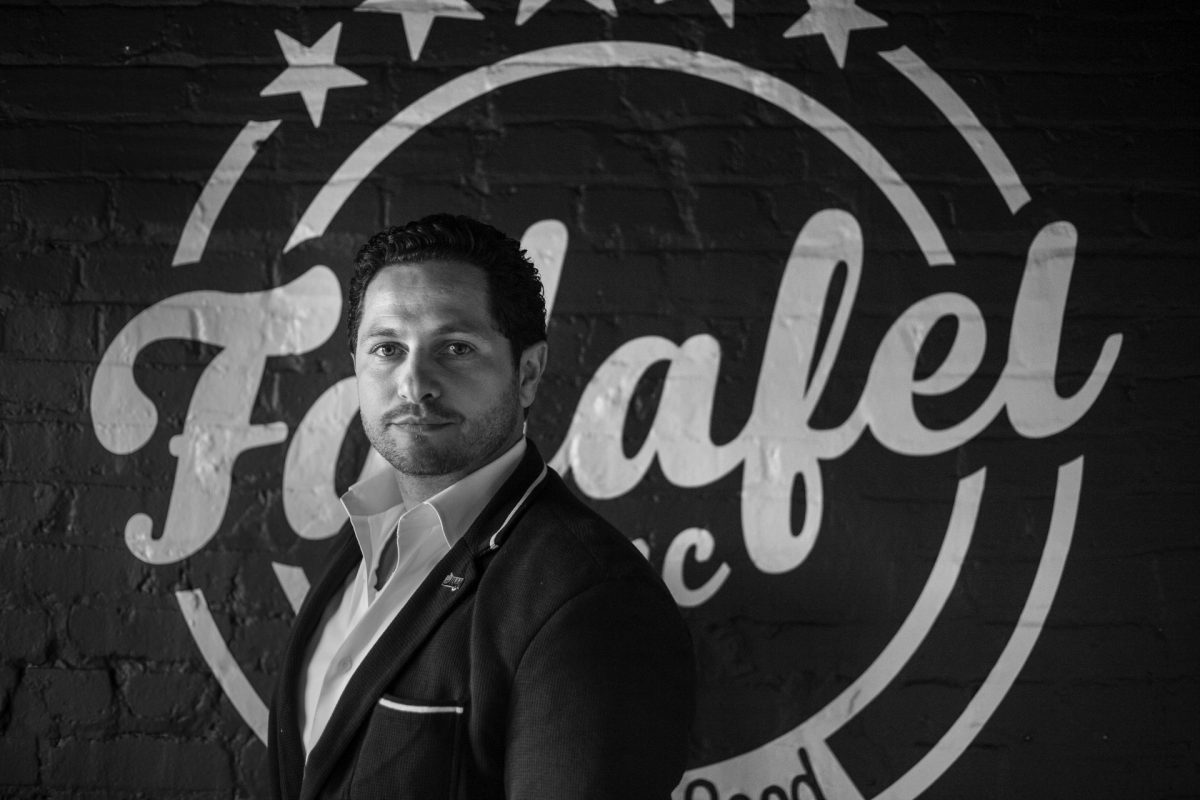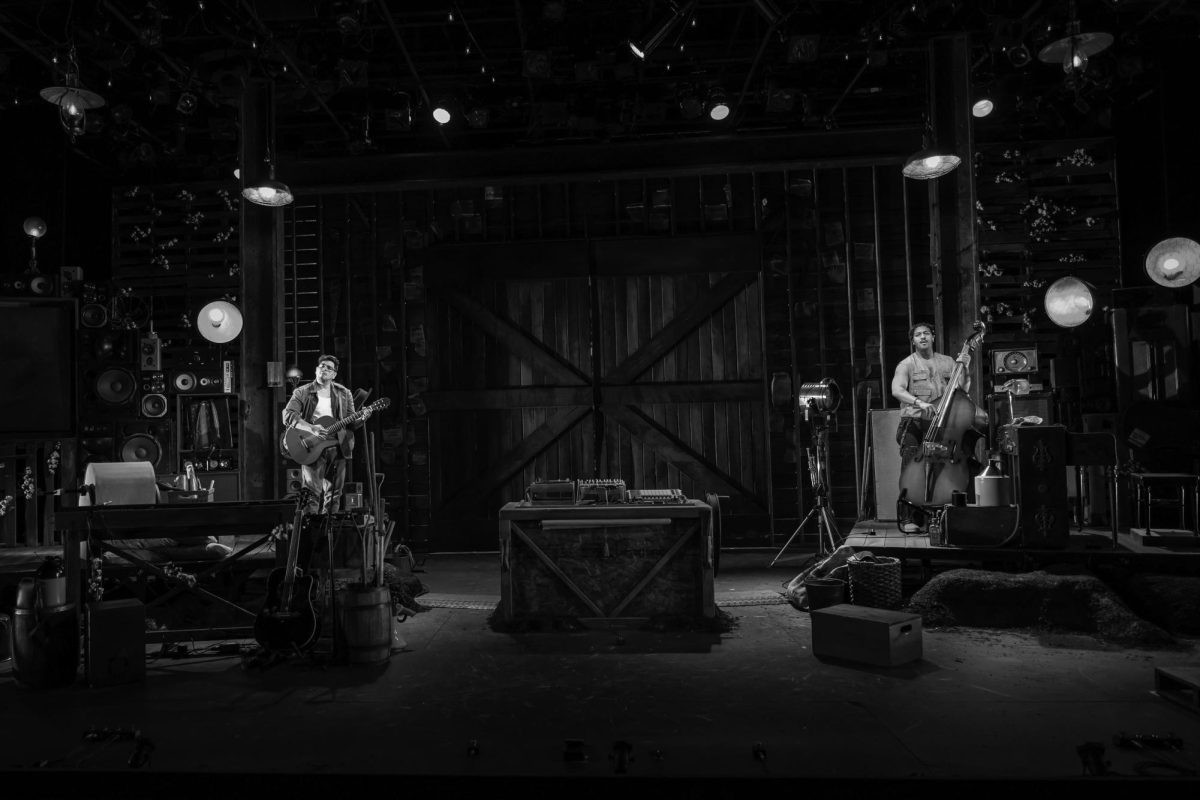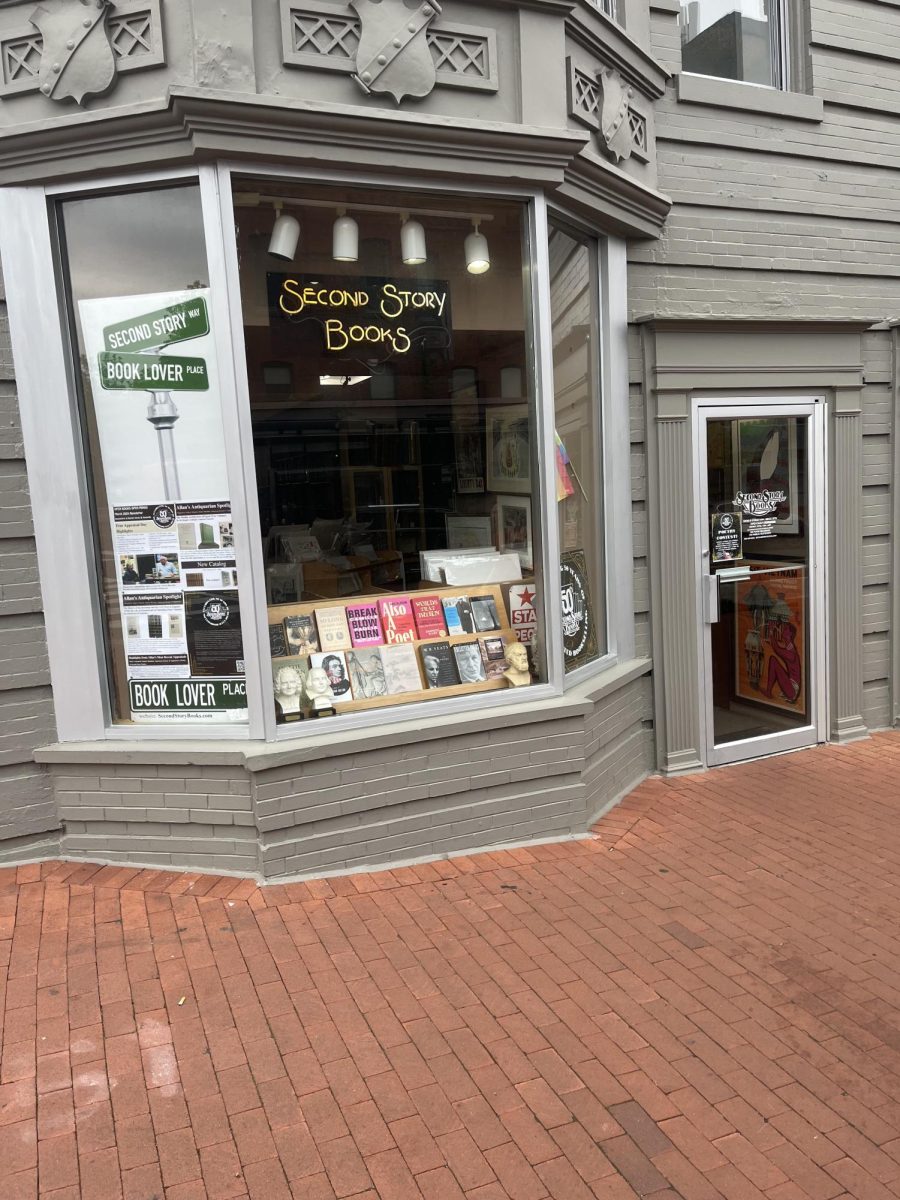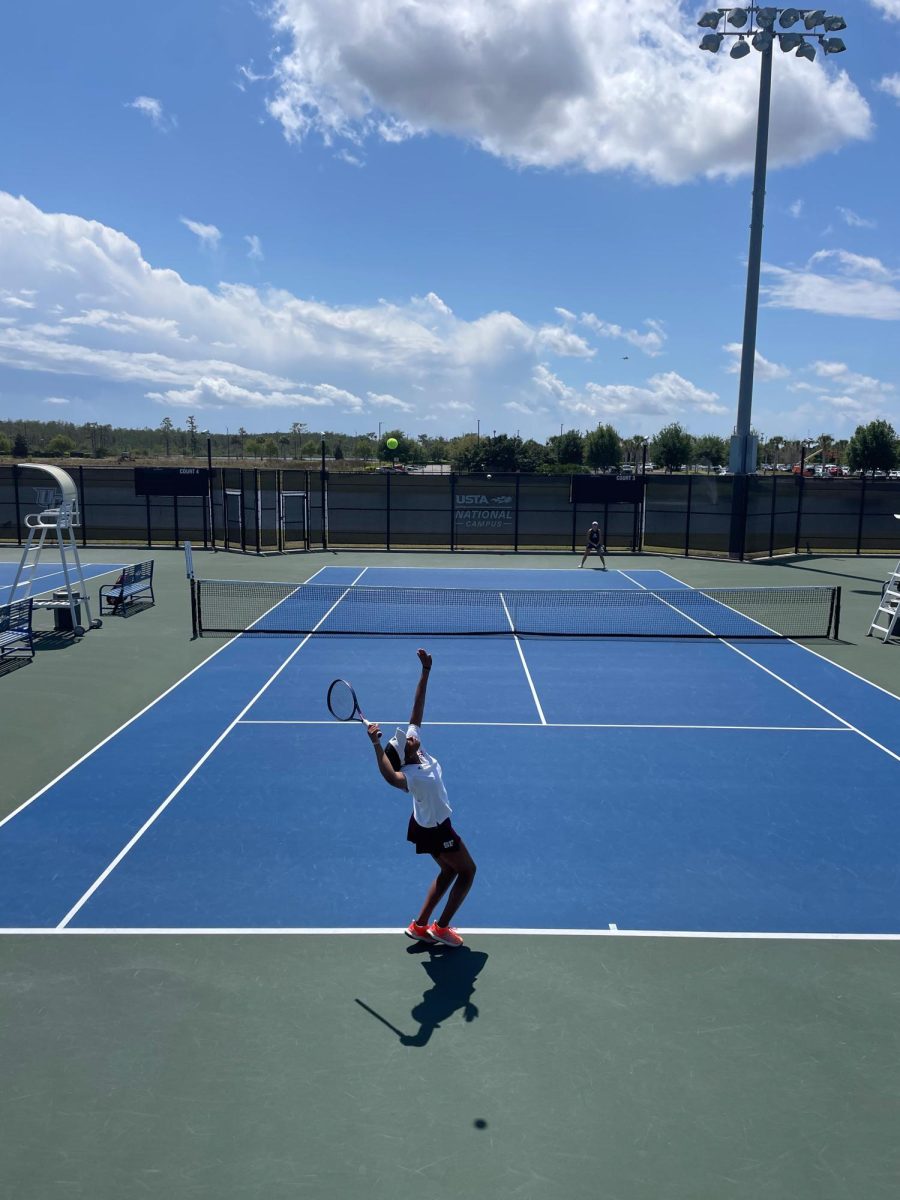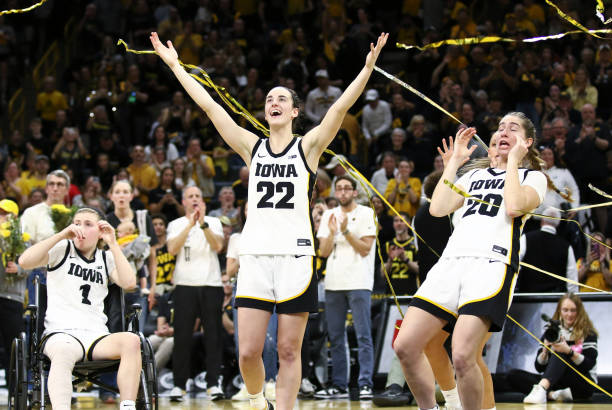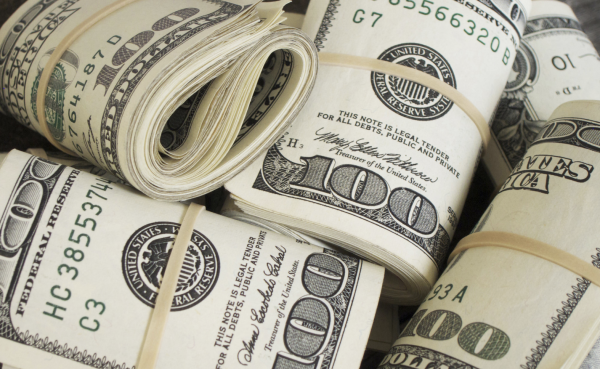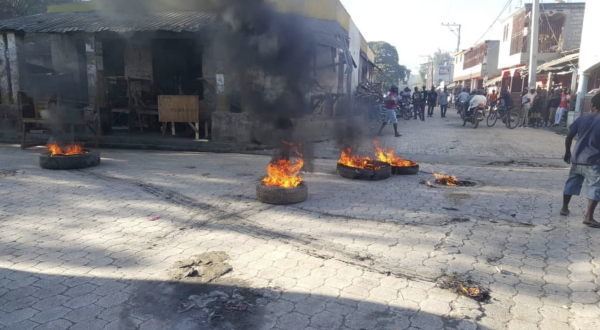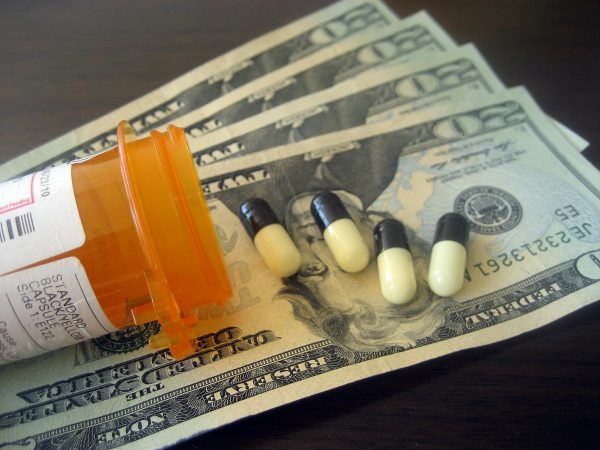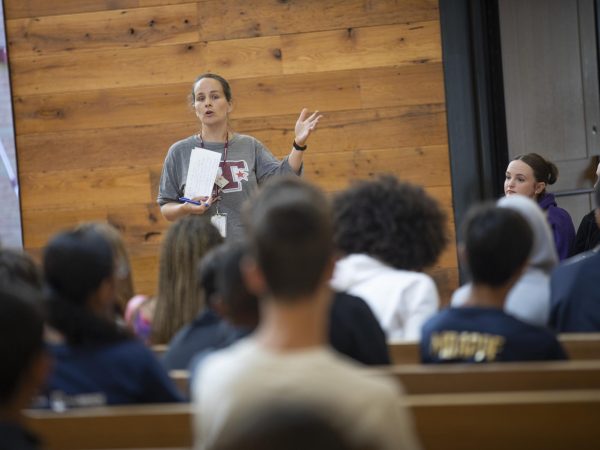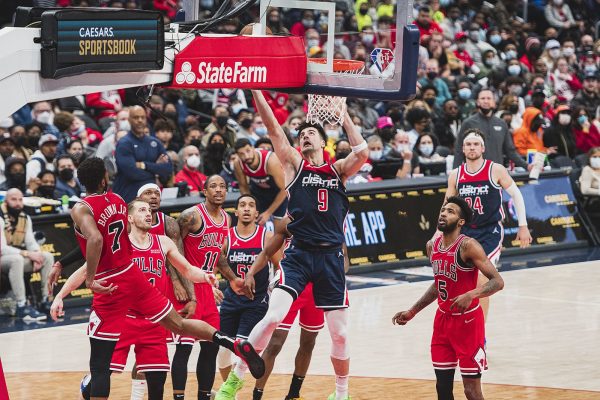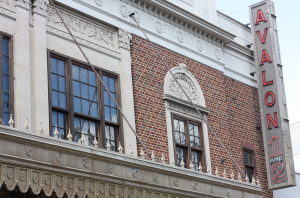Economic Inequality Must Be Addressed To Combat Crime
Reported crime in Washington has skyrocketed in the past few years. According to the Metropolitan Police Department, Washington has seen a 13% increase in reported crimes between 2020 and 2021, with a total of 28,413 reported instances of crime just last year. The statistics for gun violence are even more alarming, with a 14% increase in cases of reported homicides in Washington between 2020 and 2021, the highest number of cases since 2004. These statistics also fail to mention the additional high number of non-lethal shootings in the area. Solutions proposed by Washington officials thus far do not recognize the complexity behind the factors contributing to violence. To develop a viable solution, Washington officials must account for the root causes of violence within the city. These include working to end economic disparity in the District, as well as creating youth programs in neighborhoods that experience high levels of crime.
The correlation between economic inequality and crime in Washington is evident and can be seen across the entire United States.
In many cities, especially Washington, crime rates are drastically higher in more impoverished areas with fewer economic resources. For example, northwest Washington’s Wards 2 and 3, with median household incomes of $126,597 and $155,813 per year, respectively, only experienced 10 homicides in 2020. However, in southeast Washington’s Ward 8, where the median household income is $44,665 per year, there were 98 cases of homicide in 2020. The correlation between economic inequality and crime in Washington is evident and can be seen across the entire United States. According to The Brookings Institution, boys who are born into poverty are 20 times more likely to be incarcerated than those born into more affluent and financially-stable households. Rising crime can be attributed, in part, to the perpetuation of economic inequality.
Thus, decreasing economic inequality — specifically unemployment — in Washington is crucial. There are many different methods to enhance economic prosperity and, therefore, decrease crime. Many organizations work to decrease unemployment and provide stable jobs. Building Blocks DC, which connects residents to “mental health services, stable housing, good paying jobs, education and other critical [support],” is just one example. Although these organizations are a good start, there is much to be done. Washington officials should establish and fund government programs to provide job opportunities for lower-income citizens and also look to support the organizations that are already working toward decreasing unemployment rates. Through these efforts, Washington can address the lack of opportunities in underserved communities and, in turn, work to decrease crime.
Furthermore, short-term and long-term reductions of violence can begin with ensuring that today’s youth in Washington are set up for success. This can be done by expanding youth education and employment programs. The impact of these initiatives is noticeable nationwide — according to The Brookings Institution, “youth workforce development and employment programs, including summer jobs programs, can reduce youth involvement in violence by as much as 35% or 45%.”
Crime and gun violence are symptoms of wider problems in Washington. Proposed solutions such as increasing policing and security presence fail to address the root of the problem and will not solve crime issues in the long term. By focusing on economic disparity, officials can work to resolve high crime rates in the area.
Your donation will support the student journalists of Sidwell Friends School. Your contribution will allow us to purchase equipment and cover our annual website hosting costs.






